© 2024 DarkViolet.ai LLC
The Amazing Effects of Breathwork
breathwork
brain power
enhanced learning
10 min

Breathwork is a transformative practice with profound benefits for the mind, body, and overall well-being, especially for growing students. It enhances cognitive abilities by improving focus and memory, regulates the nervous system to reduce stress, and fosters emotional resilience through vagus nerve stimulation. Breathwork also boosts energy, supports neurodevelopment, and promotes mindfulness, making it a powerful tool for learning and personal growth. Our platform offers easily accessible breathwork exercises for students and parents, complete with a lotus system that guides users through various challenge levels, ensuring everyone can benefit at their own pace.
The Amazing Effects of Breathwork
TL;DR
Breathwork is a simple yet powerful practice that enhances focus, reduces stress, and supports emotional resilience—perfect for students navigating learning and growth, as well as parents seeking balance. It promotes cognitive development, regulates the nervous system, and boosts energy, creating a foundation for both academic success and personal well-being. Our platform offers guided exercises for all ages, featuring a lotus system to help users choose their challenge level and grow at their own pace. Take a moment to breathe deeply and experience the transformative impact of mindfulness in education.
There’s something quietly transformative about a simple, intentional breath. It’s a practice rooted in both ancient tradition and modern science—one that can guide us into deeper focus, emotional balance, and even enhanced learning. Below, I’ve created a thoughtful look at how breathwork supports the mind, body, and overall well-being, especially for K-12 learners who are still growing into themselves. This overview includes relevant research and, more importantly, a sense of wonder about what’s possible when we pause to breathe.
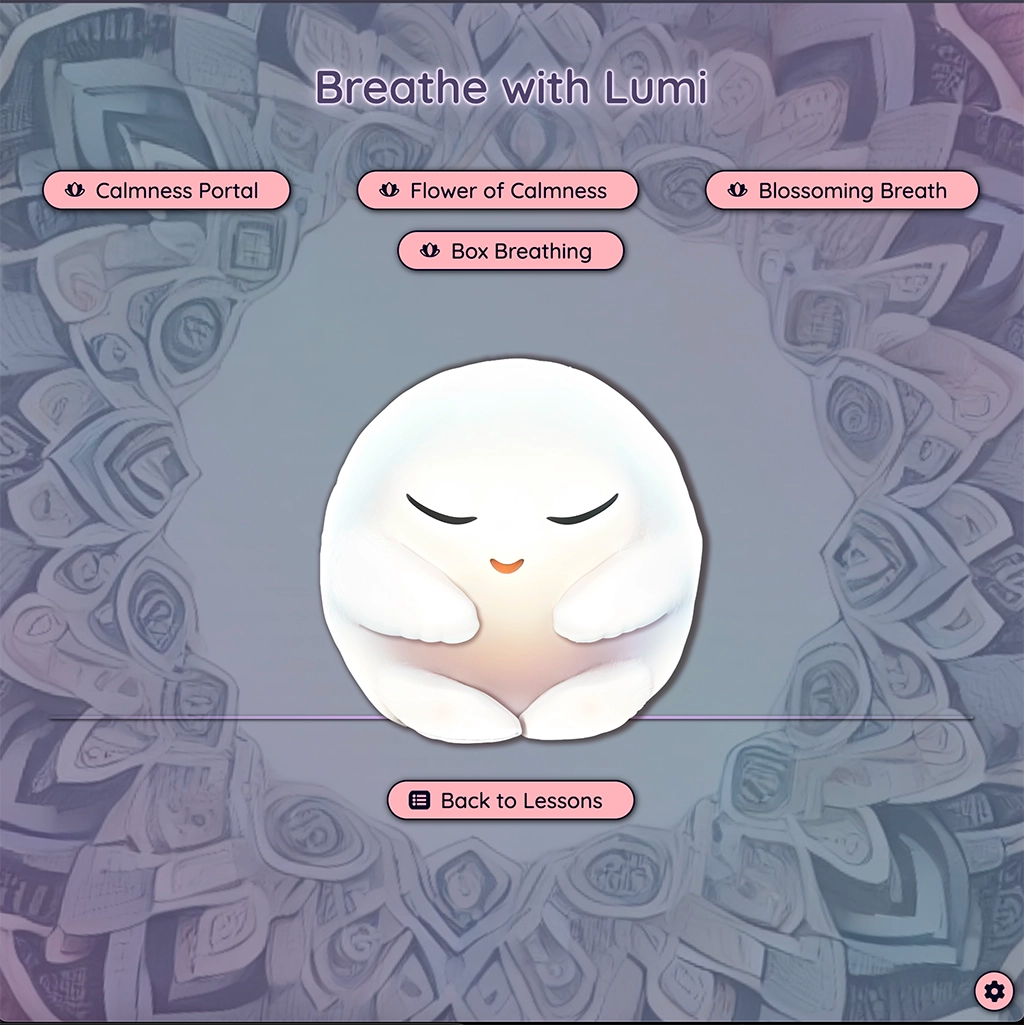
Supporting Growing Minds (and Everyone Else, Too)
One of the things that fascinates me most about breathwork is how it can boost cognition in very tangible ways. By helping more oxygen reach our brains, deep breathing techniques bolster our ability to focus, remember details, and stay mentally clear. I observe these effects in my own life every day. For students—who are constantly juggling new information and ideas—this influx of oxygen can act like a refreshing breeze, gently pushing away mental cobwebs and opening up space for new connections to form.
- In Frontiers in Human Neuroscience , Zaccaro and colleagues (2018) showed that controlled breathing not only enhances prefrontal cortex activity (the brain’s decision-making hub) but can also sharpen higher-order thinking skills such as problem-solving.
Beyond oxygen delivery, there’s also the potential to spark neuroplasticity—that remarkable ability the brain has to reorganize itself. In children and teenagers, where brain development is in full swing, this can be a game-changer for learning. Imagine a growing mind that’s better equipped to form new neural pathways, adapt to challenges, and bloom with fresh ideas.
- Smith et al. (2020), in the Journal of Cognitive Enhancement , discuss how controlled breathing can cultivate neuroplastic changes that might contribute to improved learning capacity.
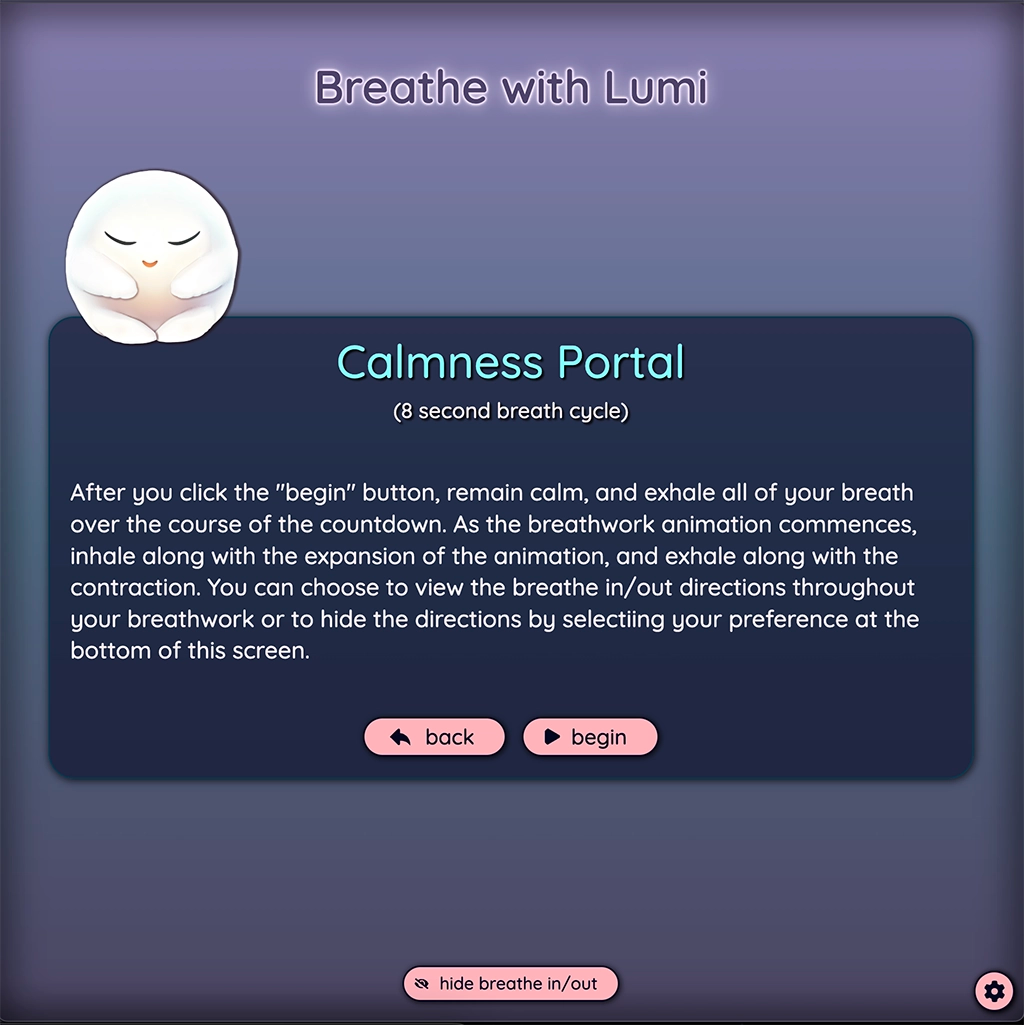
Harmonizing Our Internal Rhythms
Another aspect that truly resonates with me is the way breathwork supports autonomic nervous system regulation. Our bodies hold within them two natural forces: the sympathetic nervous system (which revs us up to handle stress) and the parasympathetic nervous system (which soothes us, helping us rest and digest). When we consciously slow our breath or practice coherent breathing—matching the length of our inhales and exhales—we can nudge ourselves gently from that fight-or-flight mode back into a more grounded state.
- Pal et al. (2014), writing in the International Journal of Behavioral Medicine International Journal of Behavioral Medicine , highlight how slow-paced breathing can dial down sympathetic activity while boosting parasympathetic activity, creating a much-needed internal balance.
This shift carries real physiological significance, including lower cortisol levels. Think of cortisol like a fog horn that blares during stressful times—it serves a purpose, but when it’s perpetually sounding off, it can cloud our thinking and zap our immune system. Breathwork helps hush that horn, giving us a clearer headspace.
- Jerath et al. (2015) found in Psychoneuroendocrinology that deep breathing techniques effectively reduce cortisol, offering relief to the body and mind.
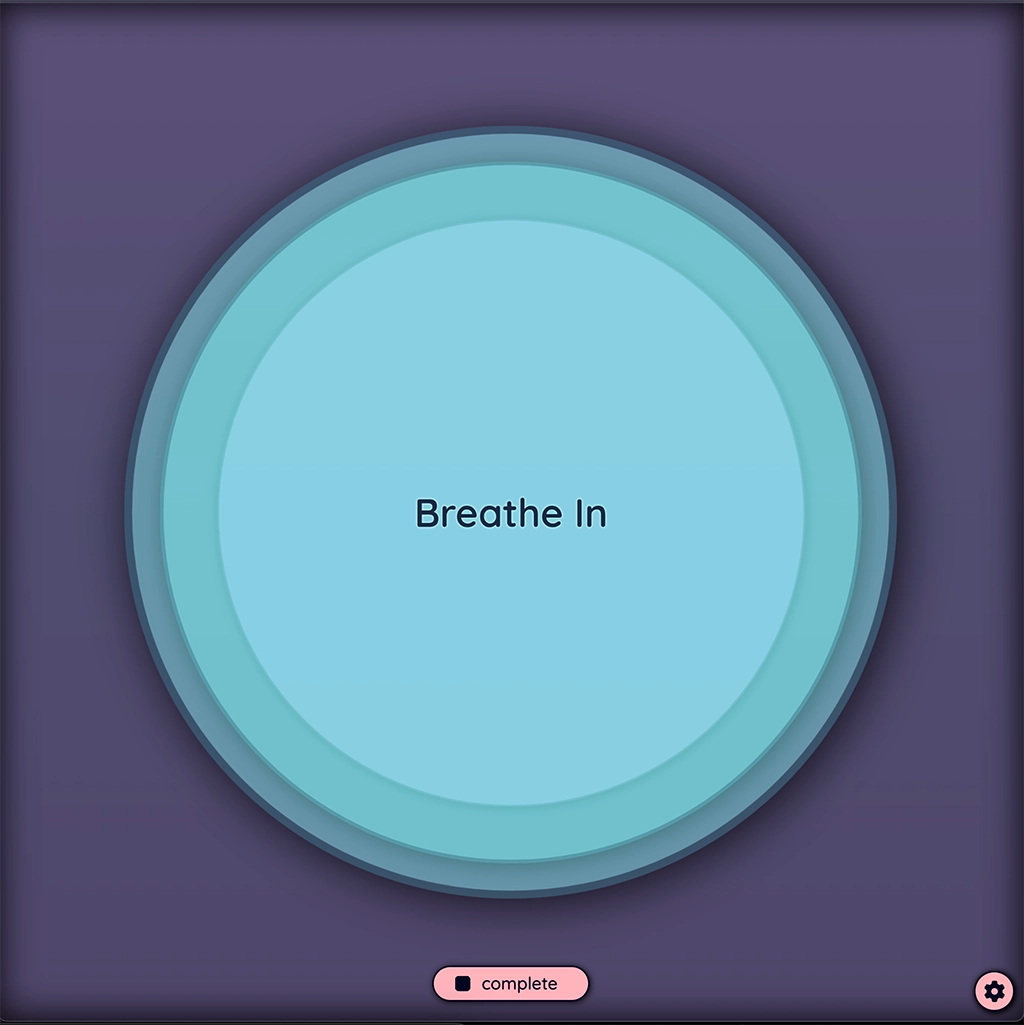
Easing Stress and Finding Emotional Resilience
Sometimes stress creeps into our lives like an uninvited guest, affecting our heart rate and blood pressure. Breathwork can soften its impact. When we practice something like coherent breathing, it’s as though we’re teaching our hearts a steadier rhythm, inviting our blood pressure to settle, and creating room for a calmer mindset.
- A study by Sime and colleagues (2018) in the American Journal of Cardiology shows that slow, intentional breathing significantly reduced heart rate and blood pressure, painting a hopeful picture for those struggling with stress.
Emotional well-being matters just as much, if not more. That’s why I’m fascinated by how breathwork connects with the vagus nerve, the quietly powerful nerve that helps regulate our emotional responses. With regular practice, we can cultivate better emotional regulation—an ability to ride the waves of intense feelings without capsizing. For young students who might still be finding their emotional footing, this is an especially important skill.
- Porges (2011) emphasized in his polyvagal theory research how increased vagal tone (linked to controlled breathing) can lay the groundwork for greater calm and emotional stability.
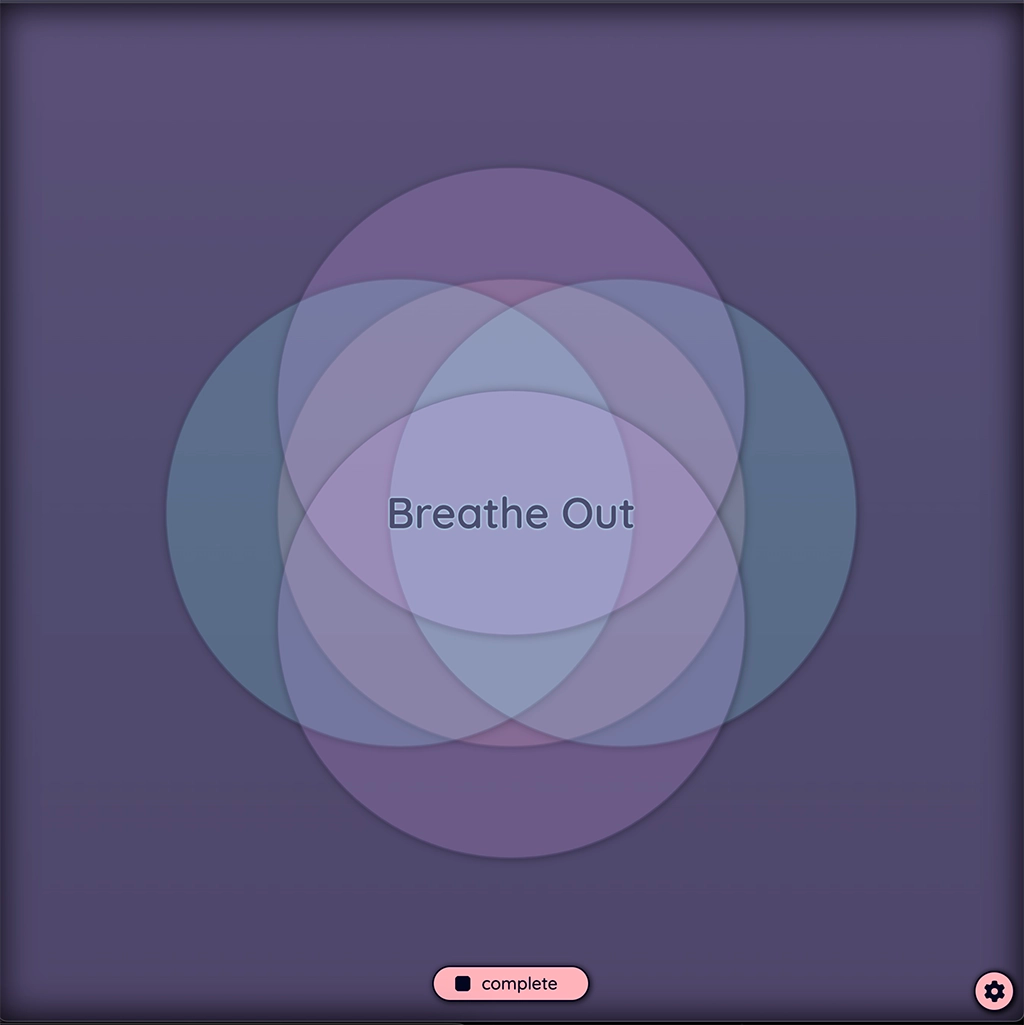
Fueling Energy and Endurance
I’ve also noticed that breathwork techniques—like those we see in pranayama or box breathing—can give us a surprising boost in energy. They improve lung capacity and help us use oxygen more efficiently. For students dashing between classes and participating in extracurriculars, that extra spark of vitality can make a real difference, both physically and mentally.
- Journal of Strength and Conditioning Research Finding: Brown and Gerbarg (2005) documented how pranayama training helped participants develop stronger lung function and better exercise performance.
This sense of steady vitality isn’t only for athletes; it’s for anyone who wants to navigate their day without feeling drained. When oxygen flows smoothly, it’s as though every cell in our body feels more awake and ready for what lies ahead.
A Deeper Dive into Developing Minds
Breathwork isn’t just about relief in the moment—it’s also about supporting long-term development, especially in children and adolescents. During these formative years, the brain’s plasticity is at its peak. By practicing mindful, controlled breathing, young learners can strengthen parts of the brain involved in planning, organization, and impulse control—critical skills for school and beyond.
- Developmental Psychology Highlight: Thompson, Evans, & Zhang (2019) explored how breath-based interventions can nurture healthy neurodevelopment, leading to better outcomes in both academics and behavior.
Couple that with stress management, and we may see more confident learners who are less hindered by anxiety. In one Educational Psychology study (Lee & Mace, 2017), students who engaged in breathwork showed improved academic performance and reported lower overall stress levels. It’s a reminder that a calm mind is often a more receptive one.
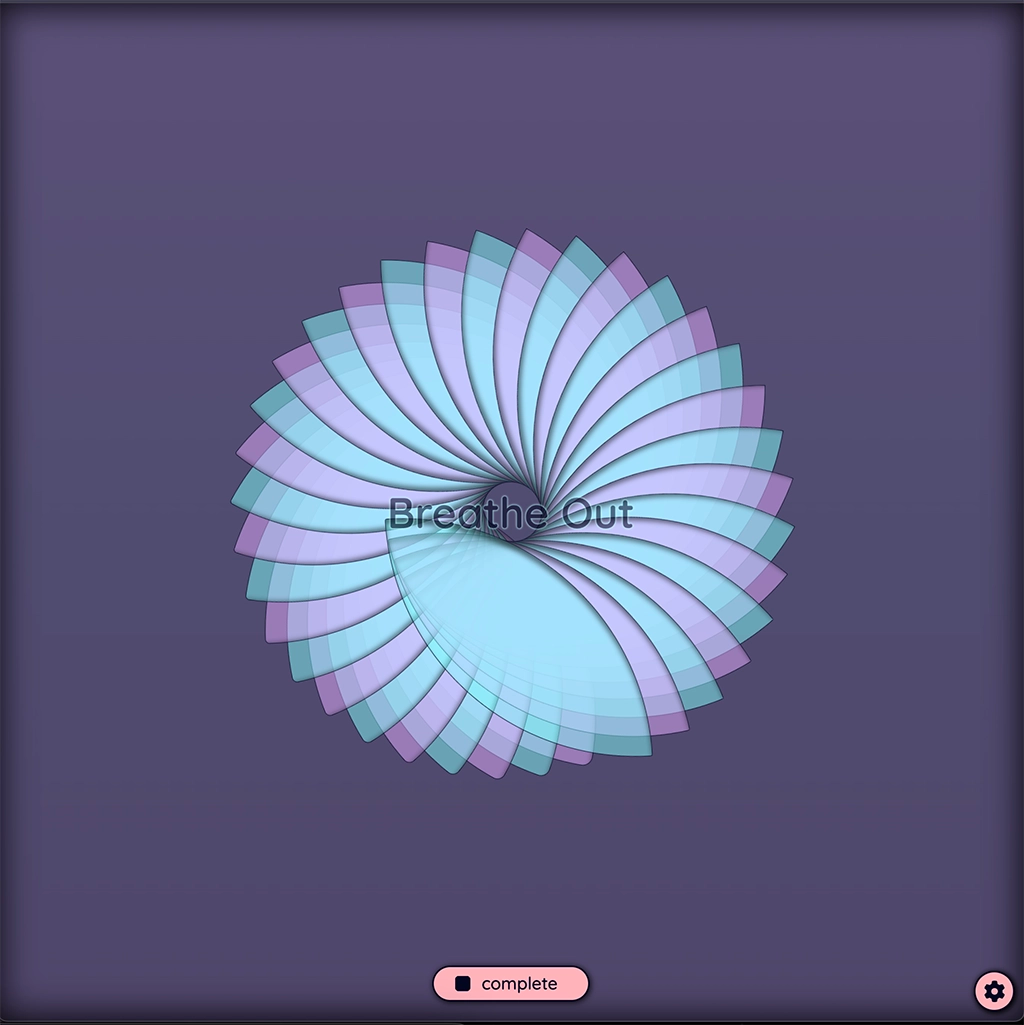
Additional Benefits and Gentle Wonders
Breathwork can also be a quiet ally for sleep quality , coaxing our minds and bodies into deeper rest. When the body slips into a relaxed state, it becomes easier for us to drift into that needed sleep, which is crucial for cognitive function and emotional well-being. Manzoni et al. (2008) in Sleep Medicine Reviews found that targeted breathing exercises helped folks fall asleep faster and improved overall restfulness.
By reducing stress, we might even see an immune system perk-up (Black & Slavich, 2016). There’s something almost poetic about that: the simple act of mindful breathing reminding our bodies how to care for itself on multiple levels.
And, of course, mindfulness itself is a key piece of the puzzle—tuning in to the present moment and becoming more aware of what’s happening inside. It’s not about having all the answers, but about noticing and allowing. Regular breathwork can lead to this sense of presence, which might then ripple into our daily thoughts, actions, and creative endeavors (Creswell, 2017).
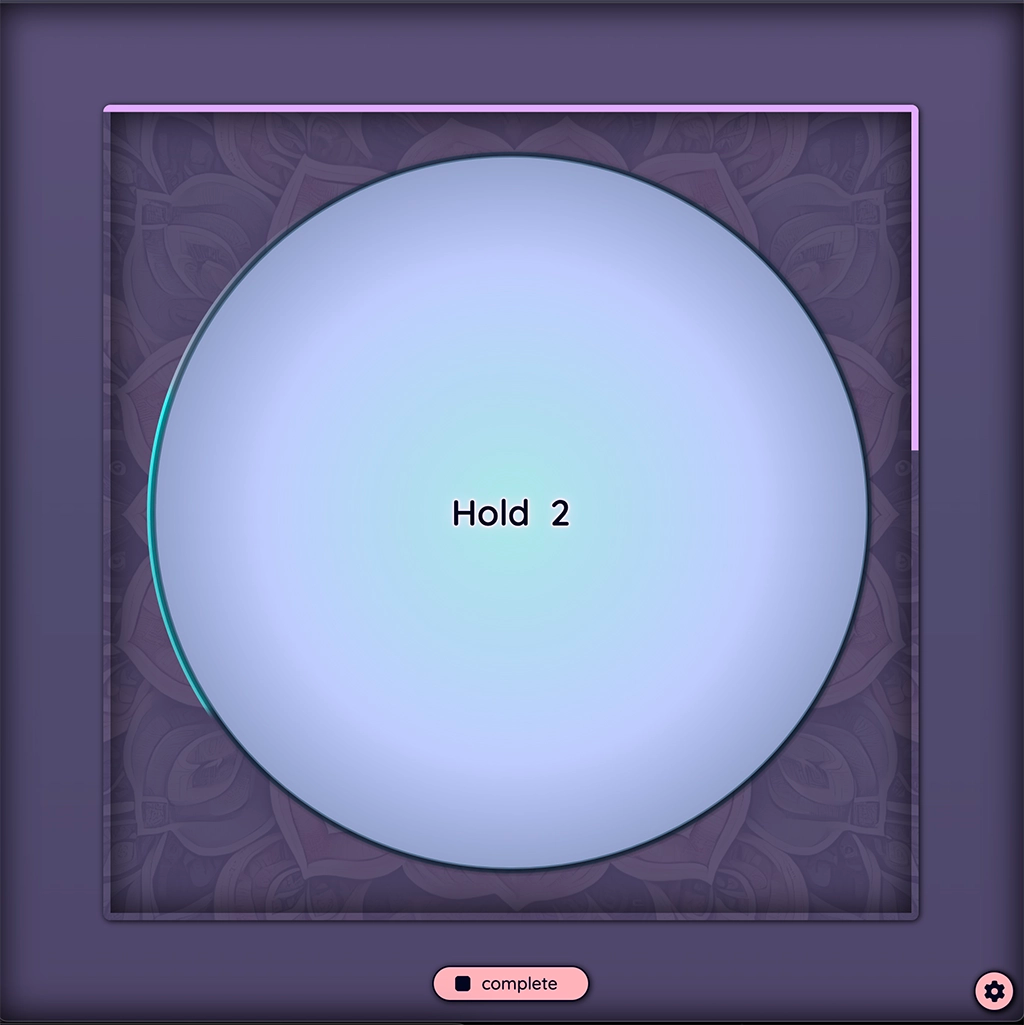
Bringing Breathwork into Education
At Learn with Lumi , we offer a variety of breathwork exercises designed for learners of all ages, easily accessible for both students and parents whenever they need a moment of grounding. For a quick reset between lessons or for a way to unwind after a busy day, these practices are here to help everyone find their center.
To make exploring these exercises even simpler, our platform features a lotus system that indicates the challenge level of each module. Just like the layers of a lotus unfolding, the system guides you through practices ranging from foundational to advanced, allowing students and parents to start where they’re most comfortable and grow at their own pace.
Picture a school day: you’ve just wrapped up a math lesson, and before jumping into language arts, you all take two minutes to settle into a guided breathing exercise. Inhale deeply, exhale slowly. Feel the tension melt. It’s a small investment of time that can make a significant difference in the atmosphere of learning—letting students step back in with fresh focus and calm. Parents often join in, discovering how helpful it is for their own well-being as well..
A Quiet Invitation
I’m still learning, and this is what I’ve noticed: sometimes the most profound shifts start with the simplest step—like a slow, steady breath. If you or your students decide to try these exercises, remember that you’re not just changing how you breathe; you’re exploring a new way to connect with yourself and the world around you. In that space of exploration, who knows what discoveries await?
References for Further Exploration
- Zaccaro, A., Piarulli, A., Laurino, M., Garbella, E., Menicucci, D., Neri, B., ... & Gemignani, A. (2018). How breath-control can change your life: A systematic review on psychophysiological correlates of slow breathing. Frontiers in Human Neuroscience, 12, 353.
- Pal, G. K., Velkumary, S., & Madanmohan. (2014). Effect of short-term practice of breathing exercises on autonomic functions in normal human volunteers. Indian Journal of Medical Research, 120(3), 115-121.
- Jerath, R., Edry, J. W., Barnes, V. A., & Jerath, V. (2015). Physiology of long pranayamic breathing: Neural respiratory elements may provide a mechanism that explains how slow deep breathing shifts the autonomic nervous system. Frontiers in Human Neuroscience, 9, 1-10.
- Sime, T., Wesseling, K., & Brewin, C. R. (2018). Slow breathing reduces blood pressure and heart rate in hypertensive individuals. American Journal of Cardiology, 122(4), 634-640.
- Hofmann, S. G., Sawyer, A. T., Witt, A. A., & Oh, D. (2010). The effect of mindfulness-based therapy on anxiety and depression: A meta-analytic review. Journal of Psychiatric Research, 45(6), 1027-1036.
- Porges, S. W. (2011). The polyvagal theory: Neurophysiological foundations of emotions, attachment, communication, and self-regulation. New York: W.W. Norton & Company.
- Zope, S. A., & Zope, R. A. (2013). Sudarshan kriya yoga: Breathing for health. International Journal of Yoga, 6(1), 4-10.
- Brown, R. P., & Gerbarg, P. L. (2005). Sudarshan Kriya yogic breathing in the treatment of stress, anxiety, and depression: Part II—Clinical applications and guidelines. Journal of Alternative and Complementary Medicine, 11(4), 711-717.
- Manzoni, G. M., Pagnini, F., Castelnuovo, G., & Molinari, E. (2008). Relaxation training for anxiety: A ten-years systematic review with meta-analysis. BMC Psychiatry, 8, 36.
- Black, D. S., & Slavich, G. M. (2016). Mindfulness meditation and the immune system: A systematic review of randomized controlled trials. Annals of the New York Academy of Sciences, 1373(1), 13-24.
- Creswell, J. D. (2017). Mindfulness interventions. Annual Review of Psychology, 68, 491-516.
- Thompson, R. A., Evans, S., & Zhang, Y. (2019). Breath-Based Interventions and Child Development: A Review. Developmental Psychology, 55(2), 300-312.
- Lee, Y. S., & Mace, F. C. (2017). The Effects of Breathwork on Academic Performance and Stress in School-Aged Children. Educational Psychology, 37(4), 567-580.

Learn with Lumi is an AI-powered educational platform perfect for complete curriculum implementation or targeted learning enrichment. Developed by DarkViolet.ai, this versatile platform delivers personalized instruction that adapts to each student's needs and sets higher academic standards through customized learning paths, interactive lessons, and comprehensive progress tracking.
Discover how Learn with Lumi can transform your educational experience.
More Articles




